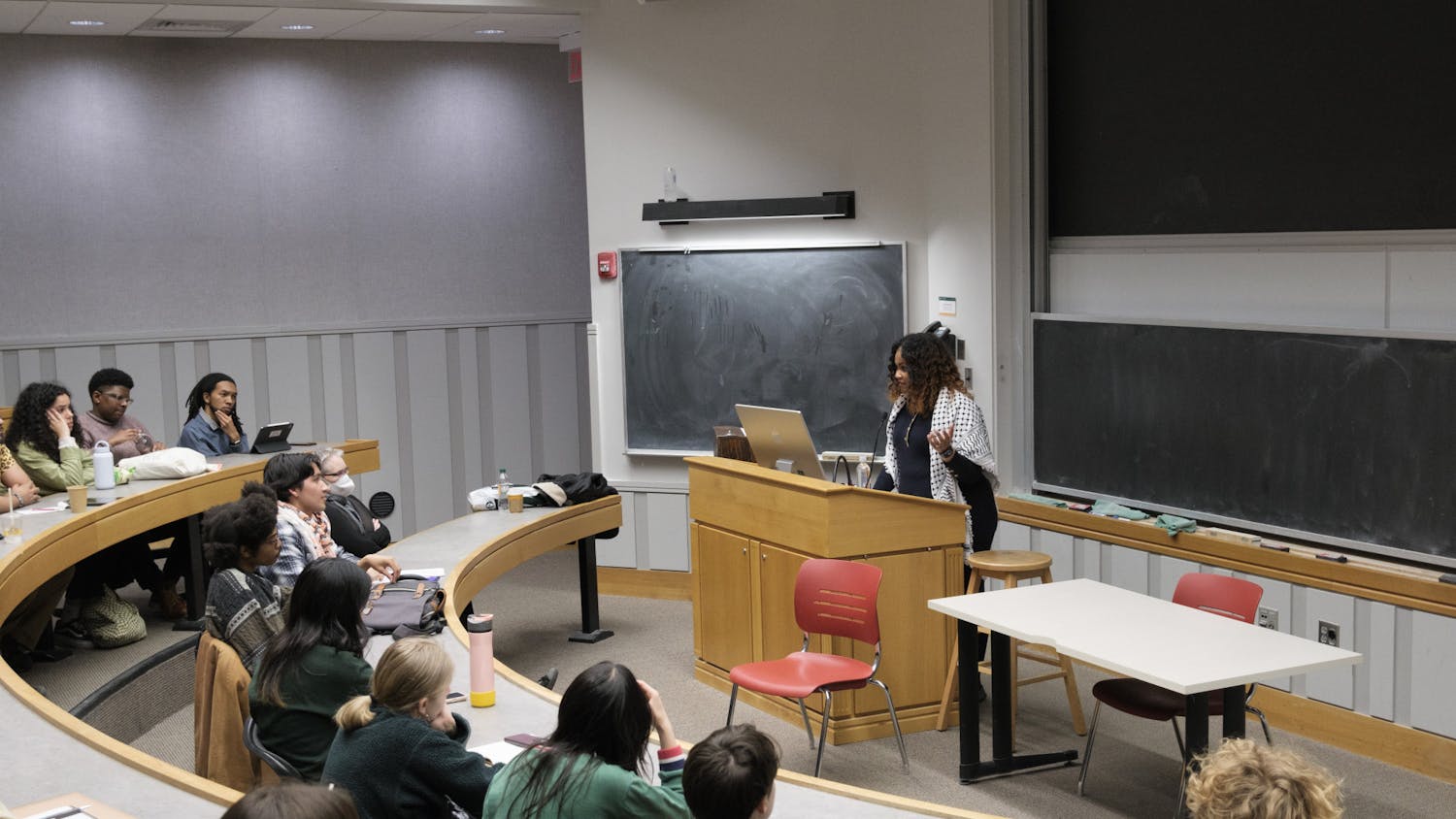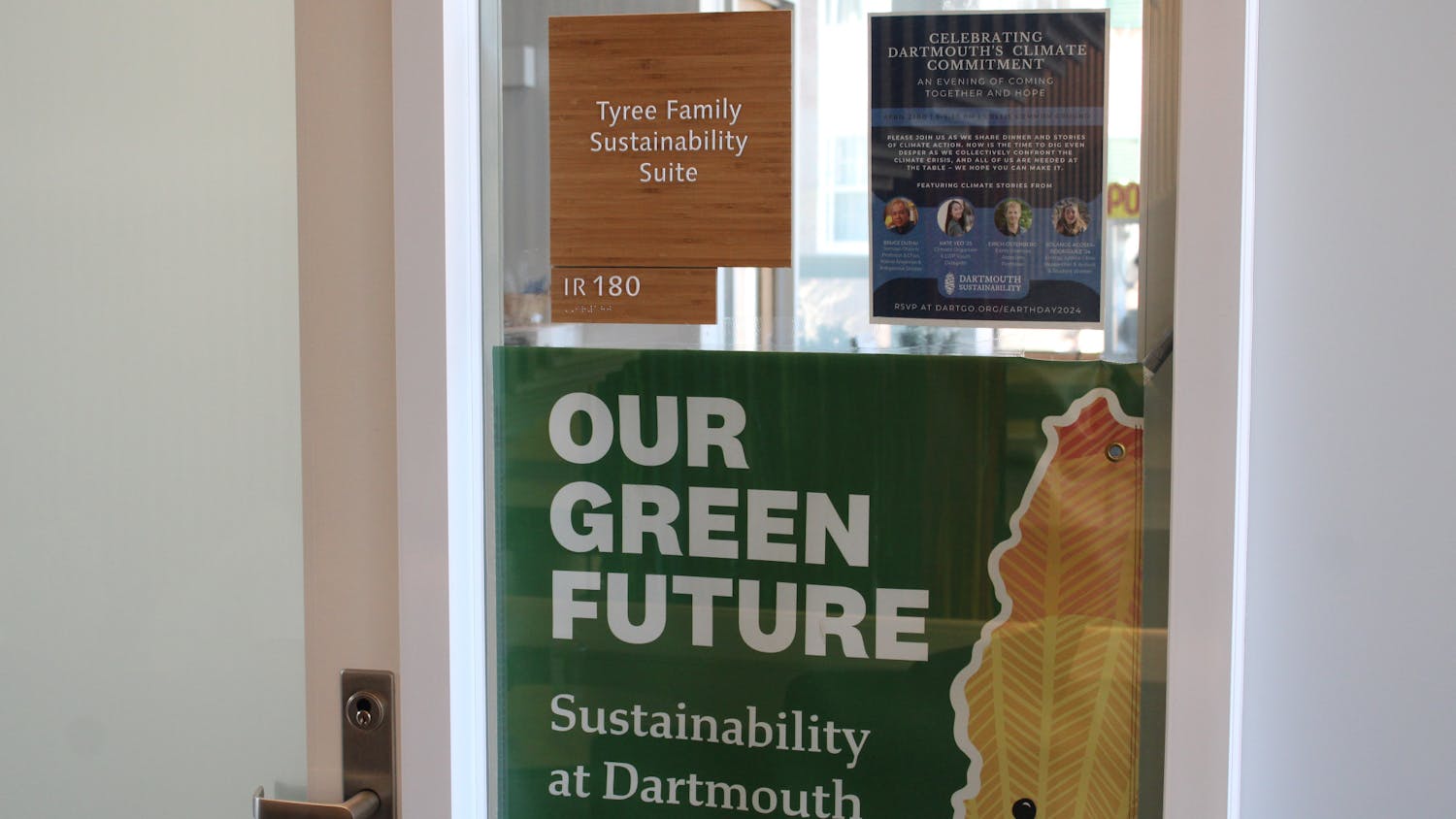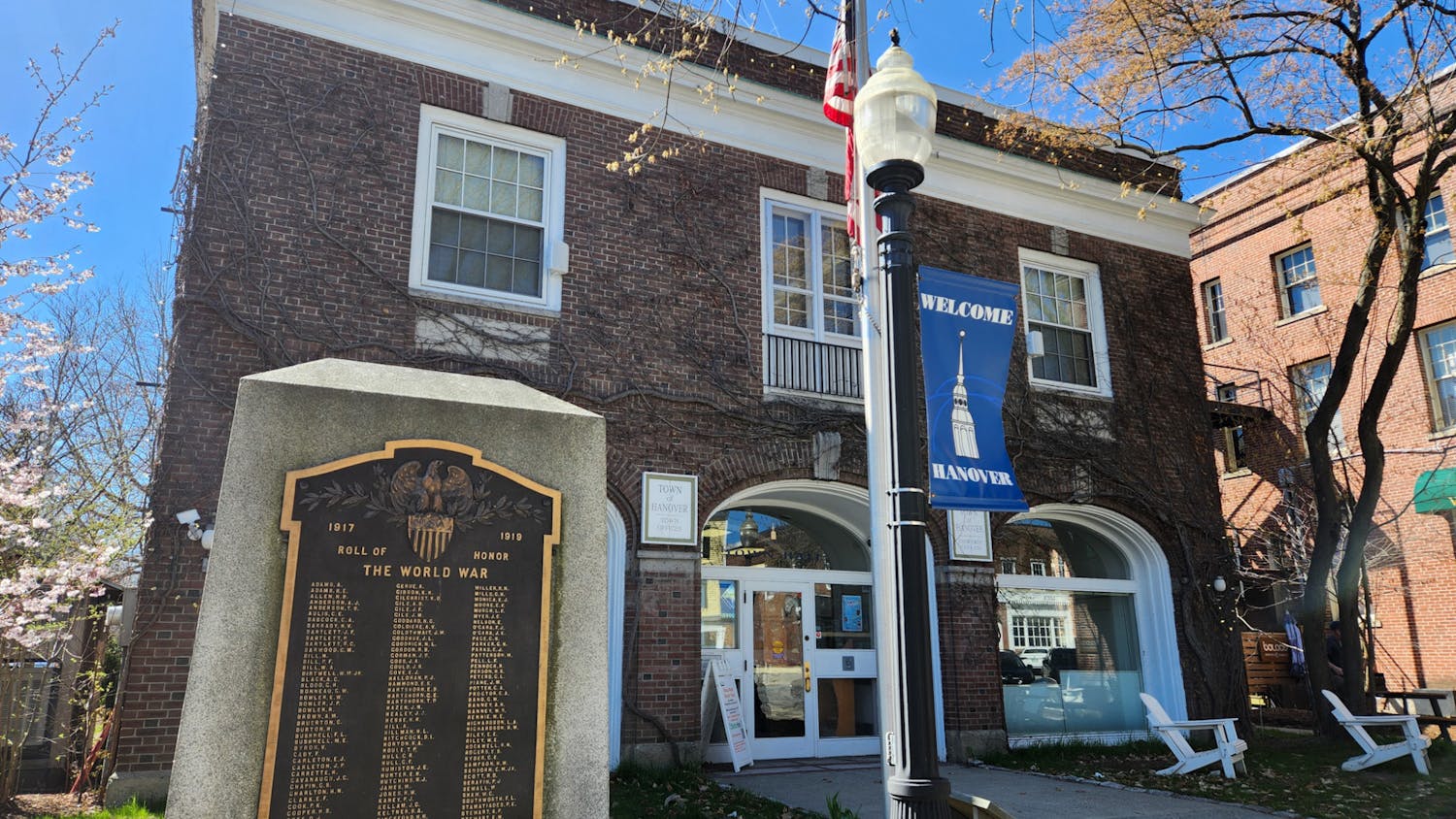Dartmouth dropped one spot in the latest edition of U.S. News and World Report's ranking of undergraduate institutions, putting it in a two-way tie for 11th place in the national university category.
This is the second consecutive year that the College has fallen in the popular rankings. Last year, Dartmouth fell to a four-way tie for 10th place, after being ranked seventh for three consecutive years.
The magazine's "America's Best Colleges" issue, available on newsstands today, also contained some other surprises.
The California Institute of Technology, which placed ninth in last year's rankings, came in first in this year's edition.
Second-place school Harvard University, moved down from the number one spot it had shared with Princeton and Yale Universities last year. The Massachusetts Institute of Technology, last year's fourth-place school, beat both Princeton and Yale to finish third in this year's College rankings.
According to Dean of Admissions Karl Furstenberg, at least part of the shift in rankings can be explained by changes in U.S. News's methodology.
These changes in the way the news magazine calculates the rankings gives an advantage to large research-oriented science institutions, he said.
"Dartmouth should have been higher in the rankings," Furstenberg said, adding that he felt sixth or seventh place would have been more appropriate for the College.
According to Emily Adcock, a publicist for the magazine, U.S. News has changed its methodology slightly this year.
However, these changes do not necessarily advantage large research institutions, said Robert Morse, the Director of Research for "America's Best Colleges."
"In the top place academic reputation matters," he said, pointing out that Harvard and Princeton also conduct a lot of research.
According to Adcock, in the past college ranking depended on how well a particular college performed relative to its peer institutions in a variety of categories ranging from academic reputation to SAT scores of incoming freshmen.
Colleges received ranks in each category, and their overall rank was determined by a weighted average of the categories. The weighted ranks, however did not take into account the magnitude of differences between differently ranked institutions.
In this year's rankings, the amount of those differences are taken into account.
"If a school is head and shoulders above its peers, it gets credit for that," Adcock said.
Furstenberg was also critical of the criteria used by the magazine to determine rank.
"I feel strongly that U.S. News is selling something as undergraduate rankings, but the criteria they are using is more relevant to graduate education and research data," Furstenberg said.
The most important factors in the national school rankings are academic reputation, graduation and retention rates, and the resources available to faculty, Adcock said.
Furstenberg said these are criteria in which the College is at a disadvantage due to its small size and lack of high profile graduate programs.
"The criteria which are more relevant to undergraduates -- small class sizes, graduation and freshmen retention rates, the College does well in," Furstenberg said.
"Dartmouth is at or near the top in a lot of the key criteria -- reputation, retention, alumni giving, selectivity," Morse said.
Dartmouth scored a 4.4 out of a possible five in academic reputation, ranked fifth in graduation and retention rates, second in alumni giving and ninth in selectivity.
Furstenberg said he does not expect the College's fall in the rankings to affect admissions.
"We don't compete with Caltech, MIT and Johns Hopkins," he said, referring to schools which had risen dramatically in the rankings and are now ahead of Dartmouth. "In terms of the quality of Dartmouth students, we are very similar to the institutions in the top five," Furstenberg said. "And these are the criteria at which prospective students look.
"Also, we actually gained ground qualitatively, in many of the categories, where we at a disadvantage due to size," Furstenberg said.
This year, the College ranked 22nd in faculty resources and 16th in financial resources, moving up from last year's 30th and 18th spots.
Rounding out the top 10 universities were Princeton and Yale tied for fourth place; Stanford University placed sixth; University of Pennsylvania, Duke and Johns Hopkins Universities tied for sixth and Colombia University finished 10th.
Dartmouth tied Columbia University for 11th place, while Brown University finished last in the Ivy League in a three-way tie for 14th position.
"Rankings should be only one factor that prospective students look at," Adcock said. "There are many lifestyle issues to be considered including location, tuition and class size."
According to Adcock, U.S. News includes comprehensive lists of the raw data used to determine the rankings on both its Internet site and in the college guide issues which students can use to create their own list of personalized rankings.
"They can re-rank and re-sort the listings any way they wish -- class-size, area of country, depending on their personal criteria," she said.
According to Morse most of the information is self-reported by the school.
Where possible U.S. News tries to double-check with organizations which compile similar statistics such as the NCAA.



